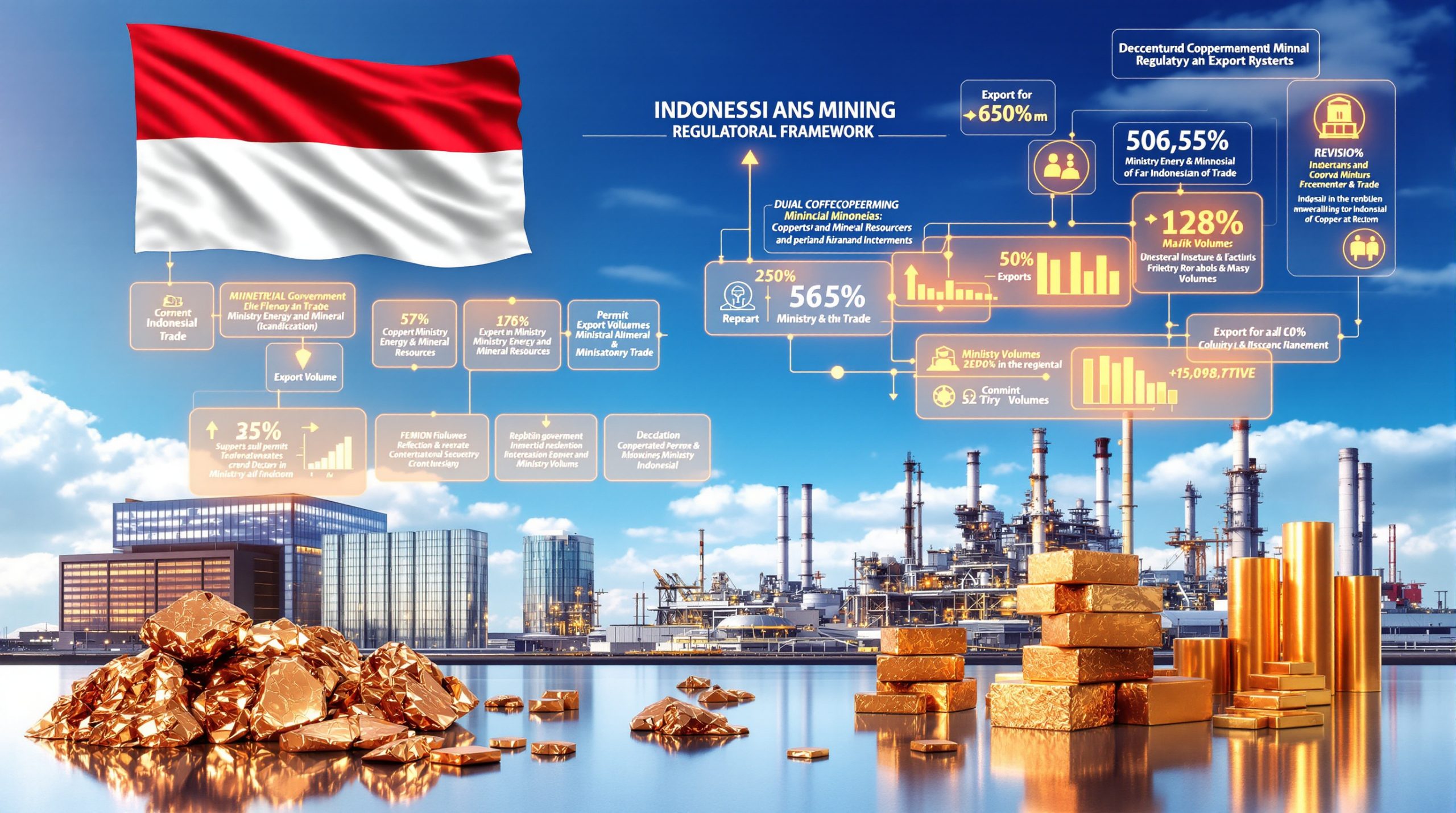Bengwenyama PGM Project: Staged Development Approach for Eastern Bushveld's High-Grade Resource
The Bengwenyama platinum group metals project represents one of South Africa's most promising underground mining developments, strategically positioned on the Eastern Limb of the renowned Bushveld Complex in Limpopo province. Covering approximately 5,280 hectares across the farms Nooitverwacht 324 KT and Eerstegeluk 327 KT, this advanced exploration project targets high-grade PGM mineralization within the UG2 reef system.
Southern Palladium holds a 70% stake in the project, with the remaining 30% owned by the Bengwenyama community through Nurinox Investments, exemplifying a progressive partnership model that ensures direct community participation and benefits.
Strategic Position in South Africa's PGM Hub
The Bengwenyama project sits within the greater Tubatse and Sekhukhune district municipalities in Limpopo province, positioned in one of the world's premier PGM-producing regions. According to the U.S. Geological Survey, the Bushveld Complex hosts approximately 75% of the world's platinum reserves, making it a globally significant geological formation for PGM extraction.
The location provides several strategic advantages:
- Proximity to established mining infrastructure, including processing facilities and transportation networks
- Access to skilled labor pools from nearby mining communities in the Eastern Limb
- Connection to regional power and water infrastructure
- Presence within a geological formation containing the world's richest concentration of platinum group metals
Geological Setting and Resource Potential
The Bengwenyama project's geology features the UG2 (Upper Group 2) chromitite layer, one of three primary PGM-bearing reefs in the Bushveld Complex. According to the Council for Geoscience of South Africa, this reef typically ranges from 0.6 to 1.5 meters in thickness and contains elevated concentrations of chromium alongside PGM mineralization.
Key geological characteristics include:
- Relatively shallow UG2 reef deposits extending from surface to approximately 1,100 meters
- High-grade PGM mineralization with favorable metallurgical characteristics
- Consistent reef thickness and predictable structure
- Potential for long-term resource expansion as exploration continues
Innovative Two-Stage Development Strategy
Southern Palladium has adopted an optimized, phased approach to project development that significantly reduces initial capital requirements while maintaining strong economic returns. This staged approach represents a departure from traditional large-scale mine developments that require substantial upfront capital.
Stage 1: Initial Production Phase
- Development of the South decline system only
- Production rate of 1.2 million tonnes per annum
- Expected output of over 200,000 ounces of 6E PGMs annually
- Projected 23-year mine life for this initial phase
- Total recoverable 6E PGMs estimated at 2.22 million ounces
Stage 2: Expansion Phase
- Introduction of the North decline system approximately four years after initial production
- Doubling of production capacity to 2.4 million tonnes per annum
- Combined output increasing to approximately 400,000 ounces of 6E PGMs annually
- Extended mine life to 33 years total
- Cumulative 6E PGM production of approximately 7.5 million ounces
Mining and Processing Methodology
The project will implement proven underground mining techniques specifically designed for the UG2 reef, drawing on decades of experience from other successful Bushveld Complex operations:
- Predevelopment of mining blocks using off-reef twin haulages to minimize dilution
- Strategic placement of drives and center gulleys (raises) for efficient ore movement
- Implementation of conventional stoping methods optimized for the reef characteristics
- Standard two-stage mill-and-float processing technology with potential for off-site processing during Stage 1
- Optimization of current state-of-the-art infrastructure to maximize recovery rates
Financial Metrics and Investment Potential
The optimized prefeasibility study (OPFS) demonstrates compelling economics for the Bengwenyama platinum group metals project across both development stages, as evidenced by key financial metrics:
| Financial Metric | Stage 1 | Combined Stage 1 & 2 |
|---|---|---|
| NPV (8% discount) | $246 million | $857 million |
| Internal Rate of Return | 21.8% | 26.4% |
| Peak Funding Required | $219 million | $279 million |
| Ongoing/Expansion Capital | – | $300 million |
These figures reflect the project's strong financial foundation, with the staged approach delivering an attractive return on investment while managing risk through the phased capital deployment.
Capital Efficiency Improvements
The staged development strategy delivers several financial advantages that enhance the project's appeal to potential investors:
- Reduction in upfront capital expenditure by approximately 38% compared to single-phase development
- Lower peak funding requirements, reducing the initial investment hurdle
- Earlier cash flow generation from Stage 1, improving payback period
- Ability to partially self-fund Stage 2 expansion from operating cash flow
- Flexibility to adjust development timing based on market conditions and metal prices
Processing Options and Infrastructure Advantages
The project benefits from several strategic processing and infrastructure advantages:
- Potential for off-site processing during Stage 1 to further reduce initial capital requirements
- Proximity to existing downstream refining facilities in South Africa, reducing transportation costs
- Well-established regional infrastructure including power, water, and transportation networks
- Access to skilled labor from nearby mining communities with generations of mining experience
- Potential synergies with existing operations in the region
Current Development Status and Milestones
Southern Palladium continues to advance the Bengwenyama project on multiple fronts, with several key milestones recently achieved:
- Environmental guarantee lodged with South Africa's Department of Mineral and Petroleum Resources, demonstrating commitment to responsible development
- Initiation of a comprehensive metallurgical and geotechnical drill program (approximately 10,000 meters) to refine mine planning
- Advancement of the definitive feasibility study (DFS) in line with the staged development strategy
- Ongoing stakeholder engagement and regulatory compliance work to ensure community support
Regulatory and Community Engagement
The project team maintains a proactive approach to regulatory compliance and community relations:
- Active consultation with government representatives at local, provincial, and national levels
- Engagement with insurance counterparties for environmental guarantees and risk management
- Rigorous approach to regulatory compliance, including environmental, safety, and social requirements
- Continued work toward mining right approval, a critical path item for project advancement
Community Partnership Model and Socioeconomic Impact
The Bengwenyama project features a distinctive ownership structure with the local Bengwenyama community holding a 30% stake through Nurinox Investments. This arrangement goes beyond typical community benefit sharing models seen in South African mining, providing direct equity participation rather than just royalties or trust arrangements.
This partnership model:
- Provides direct economic participation for community members through dividend flows
- Creates a framework for sustainable local development through skills transfer
- Aligns mining expansion with community readiness and priorities
- Supports skills development and local employment opportunities
- Establishes a foundation for long-term economic diversification in the region
Environmental and Social Considerations
The project incorporates comprehensive environmental and social management frameworks:
- Detailed environmental management plans covering all aspects of operations
- Financial provisions for future mine reclamation innovation, as evidenced by the recently lodged guarantee
- Stakeholder consultation processes that exceed regulatory requirements
- Alignment with sustainable development principles and industry best practices
- Commitment to minimizing environmental footprint through efficient resource use
PGM Market Dynamics and Industry Context
The Bengwenyama project enters production during a period of significant transition in PGM markets, with evolving demand drivers and supply challenges creating opportunities for well-positioned new producers.
Current and Future PGM Applications
The project will produce a diversified basket of platinum group metals that serve various critical industrial applications:
- Automotive catalytic converters remain the largest consumption sector for platinum and palladium
- Emerging hydrogen economy applications for platinum in fuel cells and electrolyzers
- Growing industrial applications in chemical catalysts, electronics, and medical devices
- Increasing demand for minor PGMs like rhodium, ruthenium, and iridium in specialized applications
- Investment demand for physical platinum as a precious metal alternative to gold
South African PGM Industry Context
The project will operate within South Africa's established PGM sector, characterized by:
- World-leading production of platinum, rhodium, and other PGMs despite recent production challenges
- Mature mining and processing infrastructure supporting the entire value chain
- Experienced workforce and deep technical expertise in PGM extraction and processing
- Evolving regulatory and community engagement frameworks emphasizing shared value creation
- Growing focus on environmental sustainability and mining decarbonisation benefits
Path to Production and Future Development
Southern Palladium's forward development plan includes several critical path activities that will advance the Bengwenyama PGM project toward production:
- Completion of the definitive feasibility study, incorporating results from ongoing metallurgical and geotechnical drilling
- Securing of mining rights and associated permits from South African authorities
- Finalization of financing arrangements for the Stage 1 development
- Detailed engineering and construction planning for initial infrastructure
- Implementation of the Stage 1 development program, focused on the South decline system
Timeline Considerations
While specific dates have not been publicly disclosed, the project is advancing steadily through its development phases with key milestones anticipated in the coming years. The staged approach provides flexibility to adjust timing based on market conditions, regulatory progress, and financing considerations.
Strategic Significance of the Bengwenyama Project
The Bengwenyama platinum group metals project represents a significant addition to South Africa's platinum sector, with several distinguishing features that position it for success:
- High-grade, relatively shallow resource with favorable mining conditions compared to deeper operations
- Innovative staged development approach that optimizes capital efficiency and risk management
- Strong community partnership model with direct local ownership exceeding industry norms
- Strategic location within the world-class Bushveld Complex, providing geological certainty
- Compelling economic returns across both development stages, as demonstrated in the OPFS
As the project advances toward production, it stands to become an important contributor to global PGM supply while demonstrating a progressive approach to community participation in resource development. The staged approach allows for responsive adaptation to changing market conditions while maintaining strong economic fundamentals.
Risks and Mitigation Strategies
As with any mining project, the Bengwenyama development faces various risks that require active management:
Market Risks
- PGM price volatility: Mitigated through the staged approach that reduces initial capital exposure
- Changing automotive catalyst demand: Offset by growing industrial and hydrogen economy applications
- Exchange rate fluctuations: Partially hedged through natural alignment of costs (ZAR) and revenue (USD)
Operational Risks
- Geological uncertainties: Addressed through ongoing drill programs and detailed technical studies
- Water and power availability: Mitigated through infrastructure planning and potential backup systems
- Skills availability: Managed through training programs and competitive employment packages
Regulatory Risks
- Mining right approval timeline: Managed through proactive engagement with regulatory authorities
- Changing mining legislation: Addressed through compliance planning and community partnership model
- Environmental compliance: Supported by comprehensive management plans and financial provisions
Technical Innovation Opportunities
The Bengwenyama project presents several opportunities for technical innovation that could further enhance its economic performance:
- Digitalization and automation of mining operations innovation to improve safety and productivity
- Energy efficiency initiatives to reduce carbon footprint and operating costs
- Water conservation and recycling systems to minimize environmental impact
- Advanced process control systems to optimize metallurgical recoveries
- Renewable energy integration to reduce reliance on grid power and lower emissions
These innovation opportunities align with broader industry innovation trends toward more sustainable and efficient mining practices, potentially positioning Bengwenyama as a model for future PGM developments in South Africa. Furthermore, the project could create significant mineral beneficiation opportunities within the regional economy, adding value beyond the mine gate.
Ready to Profit from the Next Major PGM Discovery?
Receive instant notifications about significant ASX mineral discoveries like the Bengwenyama PGM project through Discovery Alert's proprietary Discovery IQ model, which transforms complex mineral data into actionable investment insights. Explore how major mineral discoveries can lead to substantial returns by visiting Discovery Alert's dedicated discoveries page and begin your 30-day free trial today.




